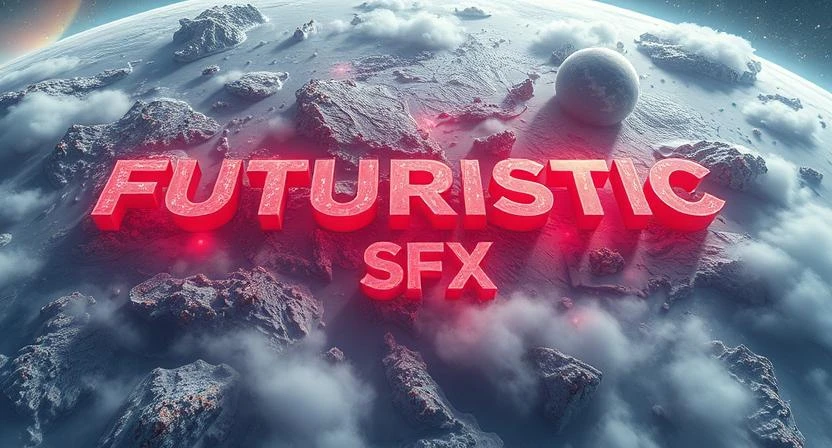Where to Find Futuristic Sound Effects That Don’t Sound Like Everyone Else’s
Previously, I was working on a sci-fi short film about a rogue AI colonizing Mars. The director wanted sounds that felt otherworldly—something between a humming UFO and a sentient robot’s heartbeat. We scoured the internet, but every “futuristic” pack we found sounded like a microwave beeping in a tin can. And it's even worse. Half the samples felt recycled, like someone had just tweaked a preset from 2012. That’s when I realized: If you want unique sounds, you can’t rely on algorithms or mass-produced packs. You need human creativity. And analog synths.
Fast-forward to today, and nothing’s changed. AI-generated sound libraries are everywhere, but they all share the same flaw: predictability. Machines are great at mimicking patterns, but they can’t improvise. I once met a game developer who used an AI tool to generate “alien forest ambience” for his project. It gave a loop that suspiciously resembled a Maki played through a fan. His team ended up redoing everything from scratch.
This is why I’ve spent the last two years building a library of 1,700 handcrafted sound effects, with 1,500+ dedicated to futuristic samples—UFO landings, alien tech hums, spaceship thrusters, you name it. Every sound is made using analog synths like Vital, Serum, and Sylenth1. No AI, no shortcuts. Just knobs tweaked until 3 a.m., coffee spills on MIDI controllers, and the occasional “Wait, that weird screech might actually work!” moment.
Analog gear has soul. Take the iconic Blade Runner soundtrack. Vangelis didn’t use AI—he used Roland synths and tape delays to create those haunting, rain-soaked tones. Or think of Stranger Things’ upside-down eerie pulses, born from vintage modular systems. My approach isn’t far off. For example, the “Quantum Engine Whirr” in my library started as a misconfigured Serum patch that accidentally sounded like a black hole digesting a satellite. I kept it.
And if you’re training AI models, these sounds are gold. Machine learning needs organic, nuanced data to avoid the “uncanny valley” of audio. Imagine feeding an AI nothing but flat, synthetic bleeps—you’ll get the audio equivalent of a robot trying to laugh. My library’s analog textures give datasets depth, like teaching a machine to feel the grit of a spaceship’s engine instead of just replicating it.
If you need a sound for a drone hovering over a cyberpunk city, I have a patch called “Neon Gravity” that layers Serum’s wavetables with a recording of my creaky office chair (true story). The “Zeta-Reticuli Chatter” uses Sylenth1’s FM modulation and a vocal sample of my cat yowling at a vacuum (She’s fine. She got extra treats), and it's an alien dialogue.
This isn’t a static collection. It’s growing every week. Last month, I added 50 sounds inspired by retro-futuristic tech—think Fallout meets Interstellar. Next up, a pack of “AI Rebellion” tones that sound like sentient machines arguing in binary.
If you’re tired of scrolling through the same AI-generated libraries, come explore mine. Every sound has a story, a mistake-turned-miracle, or a synth preset that refused to cooperate until it did. You’ll find them all here: Hewlaq Official Pond5 Artist Store.
Because futuristic shouldn’t mean formulaic. And creativity shouldn’t be automated.
P.S. If you need a sound that doesn’t exist yet, let me know. My synths are always warmed up.
